ROLE OF VITAMIN D IN WOMEN’S HEALTH
Vitamin D3, often called the ‘‘Sunshine Vitamin,’’ is a very important nutrient for women’s health.
POLYSCYSTIC OVARIAN SYNDROME (PCOS)
PCOS is the most common gynecological problem in women of reproductive age caused by an imbalance of reproductive hormones. It causes enlarged ovaries with the formation of small cysts in the ovaries. The signs and symptoms of PCOS include irregular or no menstrual periods, heavy periods, excess body and facial hair, acne, pelvic pain, and difficulty getting pregnant. It also results in insulin resistance in the body. Vitamin D increases the activity of insulin to regulate the glucose level. Vitamin D plays an important role in oestrogen production in the ovary.
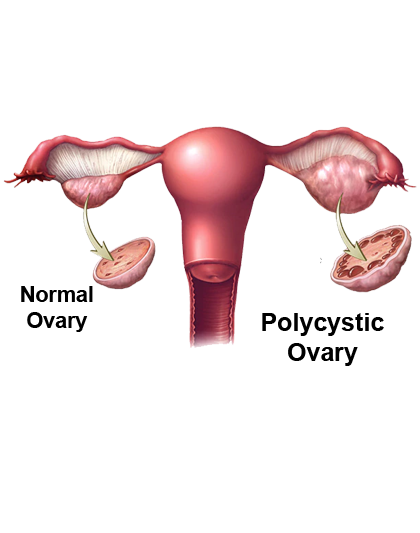
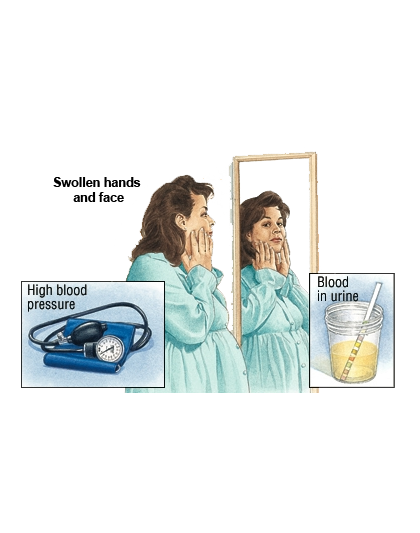
PREECLAMPSIA
Preeclampsia is a pregnancy complication which causes high blood pressure and more amount of protein in urine. It usually occurs after 20 weeks of pregnancy. Normal vitamin D levels help prevent hypertension by suppressing rennin enzyme produced from kidney. Normal placental development and function ensure a healthy pregnancy outcome. During pregnancy, active vitamin D is not only produced by the kidneys but also by placenta. Vitamin D plays an important role in attachment of the embryo to the uterus with the help of placenta. Low vitamin D leads to impaired placentation and maternal endothelial dysfunction.
GESTATIONAL DIABETES MELLITUS (GDM)
This is a condition in which a woman without diabetes develops high blood sugar levels during pregnancy. GDM occur when the body can't make enough insulin during pregnancy. It increases the risk of preeclampsia, depression and caesarean section. Vitamin D is able to induce insulin secretion from pancreas and reduce the blood glucose levels Therefore; low levels of vitamin D are associated with the developing of GDM.
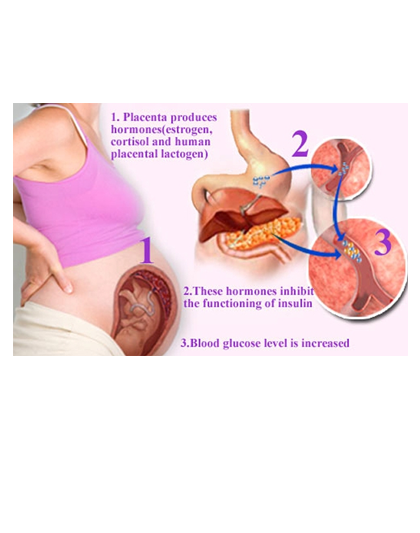
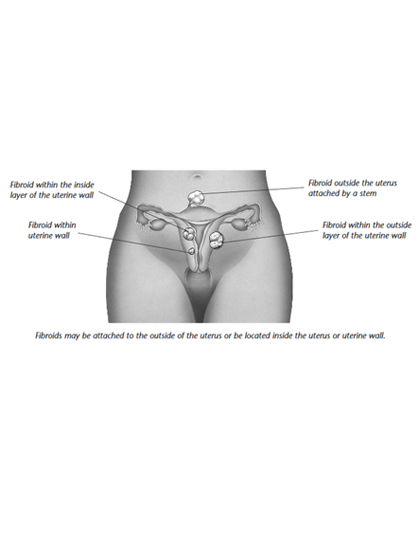
UTERINE FIBROIDS
Uterine fibroids are non cancerous tumors that grow from the muscle tissue of the uterus. The size, shape, and location of fibroids can vary greatly. Most women have no symptoms while others may have painful or heavy periods. Vitamin D deficiency poses increased risk of uterine fibroids. Vitamin D inhibits the production of human uterine fibroid cells. Vitamin D reduces certain proteins which help in the growth of fibroids. Vitamin D is a potent antitumor agent that shrinks uterine fibroids.
PRETERM BIRTH
Preterm birth is when a baby is born too early, before 37 weeks of pregnancy have been completed. Normally, a pregnancy usually lasts about 40 weeks. Common causes of preterm birth include multiple pregnancies, infection in the uterus and or vagina, diabetes and high blood pressure. Vitamin D has anti-inflammatory effects by reducing the production of chemicals that cause more inflammation in the body and cause preterm birth.
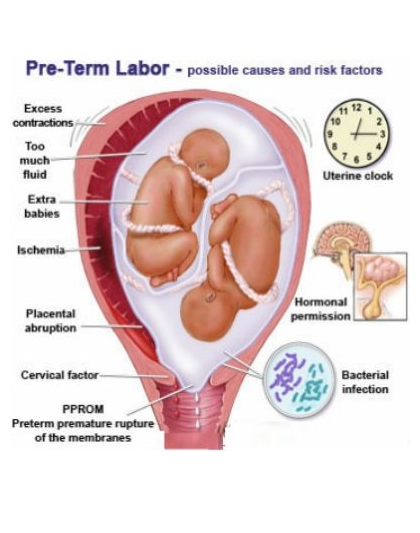
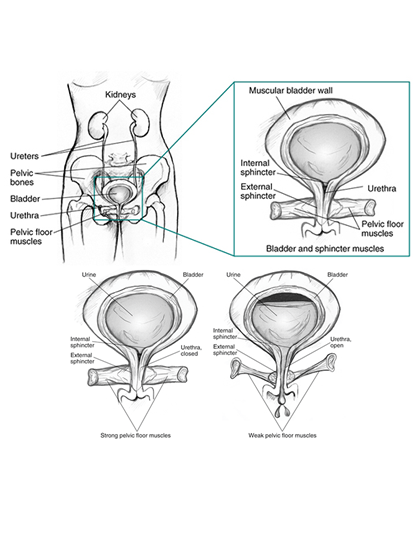
URINARY INCONTINENCE (UI)
Urinary incontinence is the leakage of urine. It is a common distressing problem. It occurs when the brain does not send proper signal to the urinary bladder (which stores urine) or due to long-term constipation. The urinary bladder muscle may contract too much or not enough due to a problem with the muscles or nerves. Low vitamin D levels are associated with increased risk of pelvic floor muscle dysfunctions and cause UI. Pelvic floor muscles are the thick layer of muscles that support the pelvic organs such as bladder, bowel and uterus (in women). These muscles play an important role in bladder control (the ability to hold urine and not leak). Vitamin D helps in maintaining the strength of the muscles and helps to control the leakage of urine.
INFERTILITY
There is a potential role of vitamin D in human reproduction. Vitamin D deficiency results in significantly lower pregnancy rates.

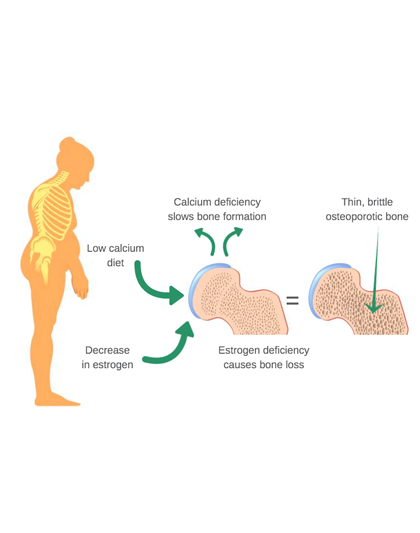
POSTMENOPAUSAL OSTEOPOROSIS
Menopause is the time in a woman's life when her period stops. It usually occurs naturally, most often after age 45. Menopause happens because the woman's ovaries stop producing the hormones estrogen and progesterone. Osteoporosis is a disease that weakens bones, increasing the risk of sudden and unexpected fractures. There is a direct relationship between the lack of estrogen after menopause and the development of osteoporosis. Early menopause (before age 45) and any long period in which the woman has low hormone levels and no or infrequent menstrual periods can cause loss of bone mass. After menopause, bone breakdown overtakes the building of new bone. Low vitamin D levels contribute to osteoporosis via decreased calcium absorption, increased thyroid problems, increased bone breakdown and decreased bone mineral density.
There is range of possible adverse health outcomes during a women’s reproductive period that may relate to low vitamin D status. Besides the classical diseases such as rickets, osteoporosis and osteomalacia, vitamin D deficiency in women might be associated with lower fertility and an increased risk for adverse pregnancy outcomes. Oral supplementation with vitamin D is the best-tolerated and the most effective route of administration that will help in reducing gynecological disorders in women.
